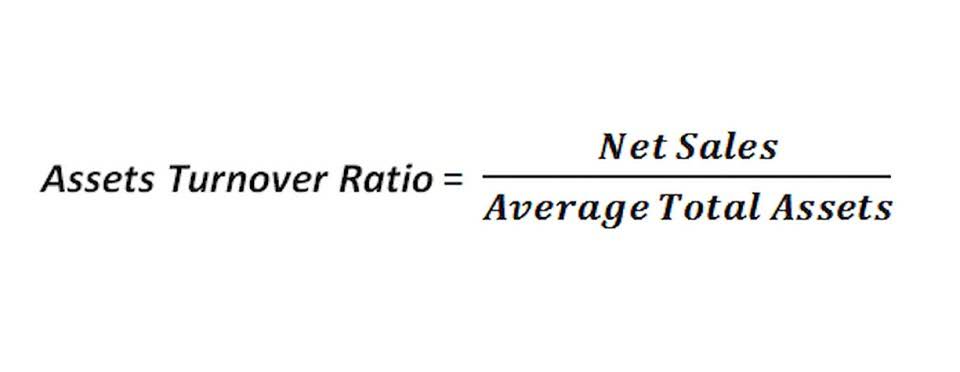To calculate this figure, you start by looking at a traditional income statement and recategorizing all costs as fixed or variable. This is not as straightforward as it sounds, because it’s not always clear which costs fall into each category. Analyzing the contribution margin helps managers make several types of decisions, from whether to add or subtract a product line to how to price a product or service to how to structure sales commissions. Before making any major business decision, you should look at other profit measures as well. As you will learn in future chapters, in order for businesses to remain profitable, it is important for managers to understand how to measure and manage fixed and variable costs for decision-making.
How to calculate the unit contribution margin
With that all being said, it is quite obvious why it is worth learning the contribution margin formula. Along with the company management, vigilant investors may keep a close eye on the contribution margin of a high-performing product relative to other products in order to assess the company’s dependence on its star performer. Get instant access to video lessons taught by experienced investment bankers.
Formula and Calculation of Contribution Margin
However, this strategy could ultimately backfire, and hurt profits if customers are unwilling to pay the higher price. The formula to calculate the contribution margin ratio (or CM ratio) is as follows. It can be important to perform a breakeven analysis to determine how many units need to be sold, and at what price, in order for a company to https://www.bookkeeping-reviews.com/restaurant-inventory-guide-for-dummies/ break even. If you don’t have excess capacity, that’s when you need to bring fixed costs back into the discussion. If you need to rent more space to manufacture the special order, your profit starts to decline, and it becomes a less lucrative venture. Let’s test-drive some of these scenarios with the stuffed animal manufacturing business.
How do you find the contribution margin per direct labor hour?
Let’s examine how all three approaches convey the same financial performance, although represented somewhat differently. Contribution margin refers to the sales revenue left over when you subtract the variable costs of manufacturing inventory. In other words, contribution margin is manufacturing profit before taking into account fixed costs. The contribution margin ratio is the percentage of sales that isn’t taken up by variable costs, while contribution margin per unit is the difference between the selling price of the unit and the variable costs that go into producing it. The contribution margin is the foundation for break-even analysis used in the overall cost and sales price planning for products.
Everything You Need To Master Financial Modeling
- Investors examine contribution margins to determine if a company is using its revenue effectively.
- The contribution margin is affected by the variable costs of producing a product and the product’s selling price.
- Let’s test-drive some of these scenarios with the stuffed animal manufacturing business.
- Every product that a company manufactures or every service a company provides will have a unique contribution margin per unit.
To get the ratio, all you need to do is divide the contribution margin by the total revenue. The contribution margin helps you understand how much money a product, department, or an entire company is contributing to overheads and profit, and helps in decision-making about pricing, product volumes, sales strategies, etc. The contribution margin can help company management https://www.bookkeeping-reviews.com/ select from among several possible products that compete to use the same set of manufacturing resources. Say that a company has a pen-manufacturing machine that is capable of producing both ink pens and ball-point pens, and management must make a choice to produce only one of them. There are analytics you’ll grow to rely on before making business decisions.
The $30.00 represents the earnings remaining after deducting variable costs (and is left over to cover fixed costs and more). In order to perform this analysis, calculate the contribution margin per unit, then divide the fixed costs by this number and you will know how many units you have to sell to break even. In the United States, similar labor-saving processes have been developed, such as the ability to order groceries or fast food online and have it ready when the customer arrives. Another major innovation affecting labor costs is the development of driverless cars and trucks (primarily fixed costs), which will have a major impact on the number of taxi and truck drivers in the future (primarily variable costs). It is important to note that this unit contribution margin can be calculated either in dollars or as a percentage. To demonstrate this principle, let’s consider the costs and revenues of Hicks Manufacturing, a small company that manufactures and sells birdbaths to specialty retailers.
When allocating scarce resources, the contribution margin will help them focus on those products or services with the highest margin, thereby maximizing profits. The concept of contribution margin is applicable at various levels of manufacturing, business segments, and products. If the contribution margin for an ink pen is higher than that of a ball pen, the former will be given production preference owing to its higher profitability potential.
Keep in mind that contribution margin per sale first contributes to meeting fixed costs and then to profit. Using the provided data above, we can calculate the price per unit by dividing the total product revenue by the number of products sold. Let’s say we have a company that produces 100,000 units of a product, sells them at $12 per unit, and has a variable costs of $8 per unit. Low values raising money and awareness online of contribution margins can be observed in the labor-intensive industry sectors like manufacturing as the variable costs are higher, while high values of contribution margins are prevalent in the capital-intensive sectors. The contribution margin shows how much additional revenue is generated by making each additional unit product after the company has reached the breakeven point.
Yes, it means there is more money left over after paying variable costs for paying fixed costs and eventually contributing to profits. Contribution margin is the remaining earnings that have not been taken up by variable costs and that can be used to cover fixed costs. Profit is any money left over after all variable and fixed costs have been settled. It means there’s more money for covering fixed costs and contributing to profit. Now, add up all the variable costs directly involved in producing the cupcakes (flour, butter, eggs, sugar, milk, etc). A key characteristic of the contribution margin is that it remains fixed on a per unit basis irrespective of the number of units manufactured or sold.
As with other figures, it is important to consider contribution margins in relation to other metrics rather than in isolation. In conclusion, we’ll calculate the product’s contribution margin ratio (%) by dividing its contribution margin per unit by its selling price per unit, which returns a ratio of 0.60, or 60%. Using this contribution margin format makes it easy to see the impact of changing sales volume on operating income. Fixed costs remained unchanged; however, as more units are produced and sold, more of the per-unit sales price is available to contribute to the company’s net income.
A contribution margin analysis can be done for an entire company, single departments, a product line, or even a single unit by following a simple formula. Investors and analysts may also attempt to calculate the contribution margin figure for a company’s blockbuster products. For instance, a beverage company may have 15 different products but the bulk of its profits may come from one specific beverage. Fixed costs are often considered sunk costs that once spent cannot be recovered. These cost components should not be considered while taking decisions about cost analysis or profitability measures. The contribution margin is not necessarily a good indication of economic benefit.

